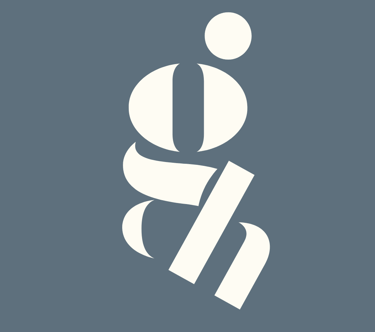Referral reward: 10% off for you when a friend books a project. Your website glow-up starts here
Call to Action Magic: How to Write CTAs That Actually Work
You’ve written a great blog post, built a stunning landing page, or designed an irresistible product page. But if your visitor shrugs and walks away without taking the next step, what was it all for? Enter the unsung hero of high-performing content: the Call to Action—or as the cool kids call it, the CTA. In this guide, we’ll break down why CTAs are so essential, how to write ones that actually work, and where to place them so your audience can’t help but click.


What Is a Call to Action (CTA), Really?
A call to action is a prompt that tells your audience exactly what you want them to do next—whether that’s clicking a button, signing up for a newsletter, downloading a freebie, or making a purchase.
Think of a CTA as the GPS of your content. Without it, your readers might get lost—or worse—bounce.
Why Are CTAs So Important?
A well-crafted CTA is the difference between a passive reader and an active customer. Here’s why they matter so much:
They guide user behavior: People need direction. A CTA tells them exactly what to do next, reducing friction and decision fatigue.
They improve conversions: Whether it’s a “Buy Now” or a “Learn More,” CTAs help move users down the funnel.
They boost engagement: Strategic CTAs can increase time-on-site, encourage sharing, or get more eyes on your products.
They help measure success: CTA click-through rates are gold when it comes to A/B testing and conversion rate optimization.
How to Write a CTA That Doesn’t Sound Like a Robot
Gone are the days of lifeless “Submit” and “Click Here” buttons. Today’s CTAs are punchy, personalized, and packed with personality. Here’s how to write a good one:
1. Use Action-Oriented Language
Start with strong, direct verbs:
Download the guide
Join our newsletter
Start your free trial
2. Add a Value Hook
What’s in it for them? Make it clear:
Get 50% off today
Boost your SEO in 5 minutes
Snag your free branding checklist
3. Create Urgency (Without the Sleaze)
FOMO works—when done right:
Only 3 spots left!
Offer ends midnight
Grab yours before it’s gone
4. Speak Your Audience’s Language
If your brand is fun, be fun. If it’s serious, be sharp. Match your tone:
For SaaS: Take a product tour
For lifestyle brands: Treat yourself today
For creatives: Let’s make something awesome
5. Keep It Short and Sweet
5-7 words is usually the sweet spot. If you’re writing a full sentence, make it skimmable and snappy.
Creative CTA Examples You’ll Want to Steal
Forget boring. Try one of these instead:
Boring: Submit
Better:Let’s Do This 🚀
Boring: Sign Up
Better: Count Me In!
Boring: Download
Better: Gimme That Guide
Boring: Learn More
Better: Show Me the Magic
Boring: Try Now
Better: I’m In—Let’s Go!
Where to Place Your CTAs (Without Being Pushy)
Placement matters just as much as wording. Here’s where your CTAs will thrive:
1. Above the Fold
Don’t make users scroll to act. A strong CTA near the top of your page sets expectations early.
2. After Explaining the Value
Build the case first, then pitch the action. Use persuasive copy or visuals above your CTA for max impact.
3. Within Blog Content
Inline CTAs are great for free tools, downloads, or related content:
“Want the full checklist? [Download it here].”
4. Popups and Slide-ins
Used sparingly, these can grab attention at the right moment—like exit-intent popups or time-delayed nudges.
5. At the End of the Page or Post
By now, you’ve earned their trust. A clear CTA here gives them a next step when they’re primed to act.
Bonus: A/B Testing Your CTAs
Not sure which CTA will work best? Test them! Change one variable at a time—like:
Wording: “Download Now” vs. “Get My Free Copy”
Color: Red vs. green button
Placement: Sidebar vs. inline
Length: One-line vs. short paragraph
Then check click-through rates, bounce rates, and conversions to see which version wins.
CTA Magic in Action
Let’s say you’re running a cooking blog. You just wrote a delicious guide to summer grilling. Don’t end the post with “Thanks for reading!”
Try this instead:
Ready to master the grill? [Download our BBQ Cheat Sheet for Free] and impress your guests this weekend.
Boom. It’s clear, it’s valuable, and it makes clicking feel irresistible.
Final Takeaway
If your CTA is an afterthought, your results will be too.
The best CTAs are confident, creative, and customer-focused. They don’t just tell users what to do—they inspire them to do it.
So whether you’re asking someone to sign up, shop now, or smash that like button, make it bold, make it fun, and most importantly—make it count.
Need help writing CTAs for your brand?


